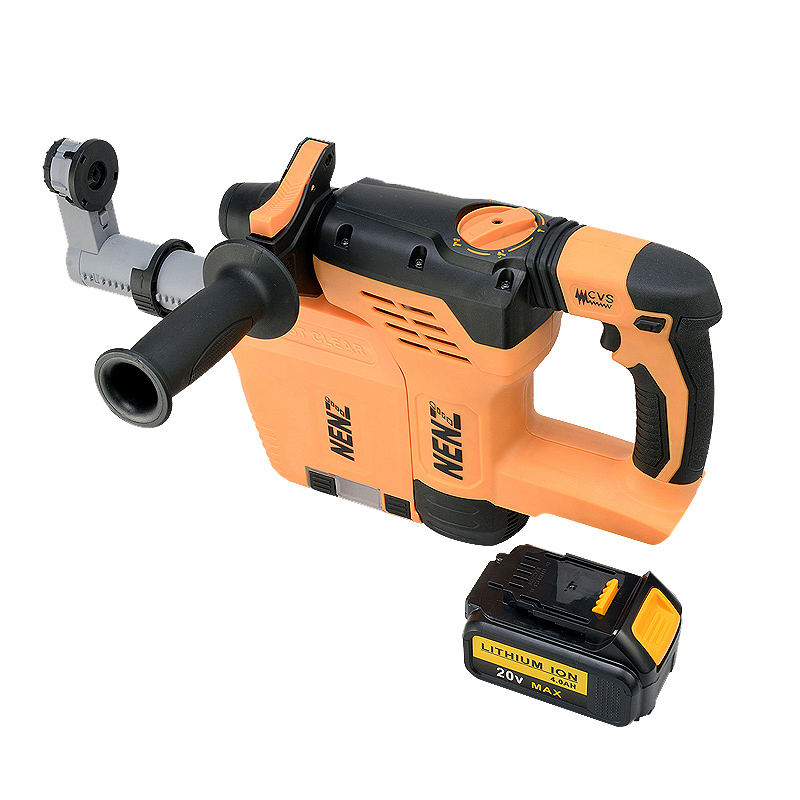How rotary hammers work
Date:2016-11-26
Rotary hammers (which do not have the speed to drill into wood or metal and so are used only on concrete and masonry) require expensive slotted drive system or slotted drive shank (SDS) chucks and bits, or the even bigger SDS Plus, SDS MAX, or SDS spline chucks and bits.
A rotary hammer uses a motor-driven piston to provide an even more intense hammering action than that of the hammer drill, independent of operator pressure. The tool’s own weight, held against the receiving surface, is enough to engage the bit. (This factor is much appreciated by workers drilling above their heads.)
Absent, too, are the numbing hand buzz and high-pitched noise. The tool does the work while a cushion of air absorbs some of the rebound vibration. The impact mechanism strikes the surface with significantly more force than a hammer drill would deliver, and, rather than pulling material out, pulverizes it. The more robust rotary hammers, which can operate in any of three modes—hammer, drill, or hammer-and-drill—are not only helpful in setting anchors, but also in chiseling and breaking concrete and masonry. They typically range in size from 7/8 inch up to 2 1/2 inch breaker hammers or higher.

A rotary hammer uses a motor-driven piston to provide an even more intense hammering action than that of the hammer drill, independent of operator pressure. The tool’s own weight, held against the receiving surface, is enough to engage the bit. (This factor is much appreciated by workers drilling above their heads.)
Absent, too, are the numbing hand buzz and high-pitched noise. The tool does the work while a cushion of air absorbs some of the rebound vibration. The impact mechanism strikes the surface with significantly more force than a hammer drill would deliver, and, rather than pulling material out, pulverizes it. The more robust rotary hammers, which can operate in any of three modes—hammer, drill, or hammer-and-drill—are not only helpful in setting anchors, but also in chiseling and breaking concrete and masonry. They typically range in size from 7/8 inch up to 2 1/2 inch breaker hammers or higher.

 +86-769-23192489
+86-769-23192489







 Our Amazon Shop
Our Amazon Shop  Tel: +86-769-23192489-617
Tel: +86-769-23192489-617